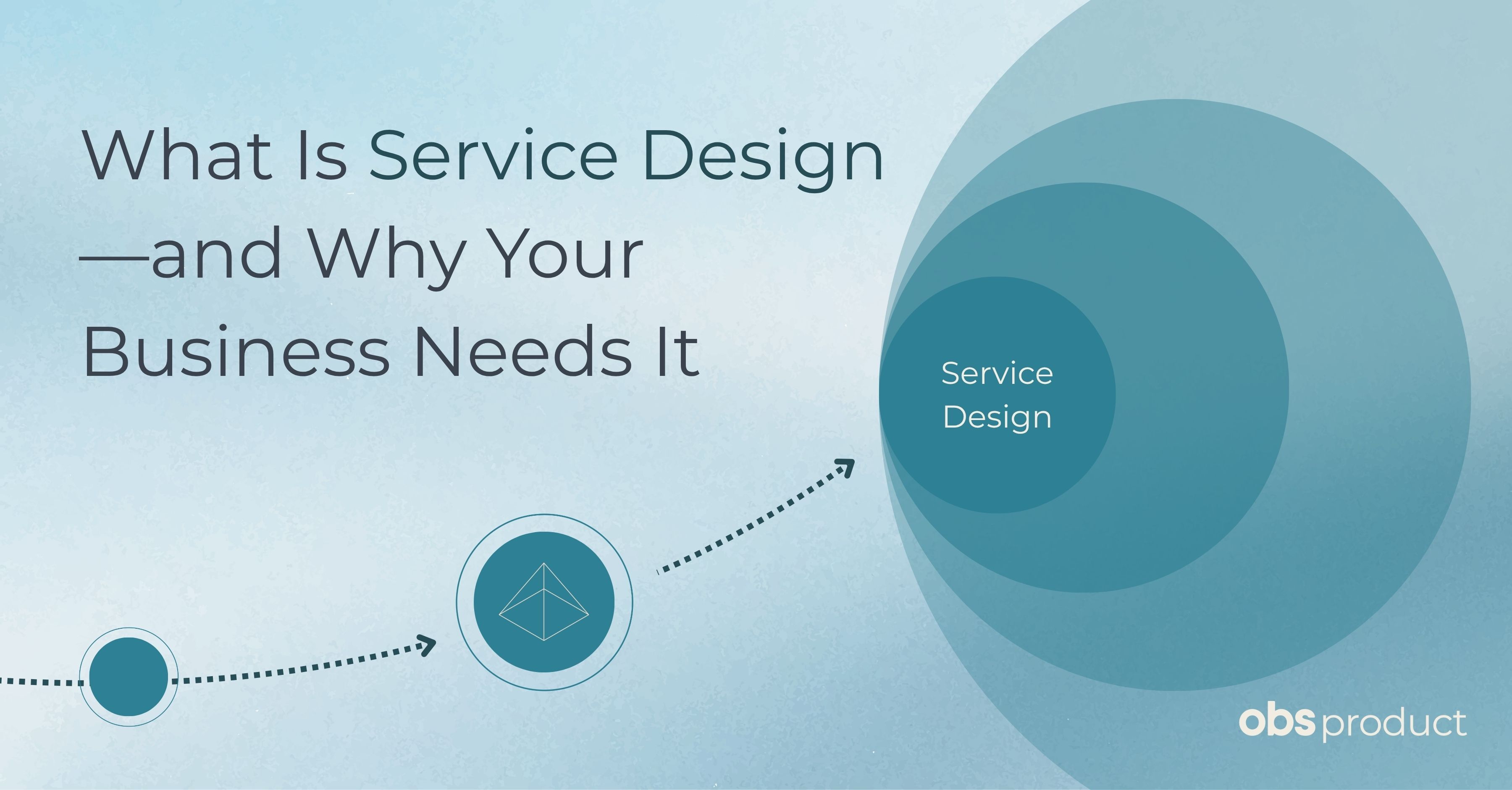When it comes to selling your product, no matter what it may be, there’s one universal truth you need to know: The customer of today has changed, their expectations have changed. The world has never been more “digital” than it is now, everything from grocery shopping to buying insurance is now being done online. With digital storefronts taking the place of physical ones, the marketplace for any given service has exploded - meaning your organization needs to be attuned to your customer’s goals if you want to stand out from the crowd with an exceptional digital experience.
truth you need to know: The customer of today has changed, their expectations have changed. The world has never been more “digital” than it is now, everything from grocery shopping to buying insurance is now being done online. With digital storefronts taking the place of physical ones, the marketplace for any given service has exploded - meaning your organization needs to be attuned to your customer’s goals if you want to stand out from the crowd with an exceptional digital experience.
Once upon a time, when a company would create a “digital experience” the typical requirements and design techniques were based on the assumptions that these were corporate systems being developed for corporate employees to use at their place of work. And at the time it made sense; employees performing the same job in a similar environment likely had a common set of requirements that the system design could be based on.
However, when we define a digital product today (such as a customer web portal or mobile application) these assumptions about who is using the product and where it's being used are less helpful. Now depending on your specific product, there may be similarities from one user to the next. A public website that provides information on dental office supplies is likely only being used by a dental health professional in their office for example. But other less niche products could be used by anyone, anywhere, and at anytime. Even when we think we know the user and context, there can be surprises; maybe that dentist is actually ordering supplies online from the comfort of their home, or on a tablet, etc.
Figuring out this user perspective is important because how the user feels about your product will be determined by whether their personal requirements are met. The realization is, your digital product and experience is just a chapter in your users’ story, a story that started before your product was engaged and may continue even after your product has been used. The details around the users’ story and their overall goals need to be considered in the design of your product to make sure it's going to work in that specific context.
Although focusing on our users’ goals is somewhat different from more traditional approaches, the core competencies of analysis, design, and software development are still critical to success. Defining and designing a terrific digital product leverages existing core competencies of development teams, and can be complemented by additional competencies such as research, analytics, and visual design. Since the user is at the center of every experience, we need a way of putting them at the center of analysis and design. User Research, Personas, Journey Mapping, and Interaction Design can be used to supplement other requirements and design techniques to help create products that meet user expectations and drive repeat usage and referrals.
In summary:
- When it comes to developing for digital experience, without considering User Goals and Context, you don't have all of the requirements.
- Typical Requirements and Design techniques are based on assumptions, take a new perspective and put the user of your digital product in focus.
- Delivering user requirements is important because how the user feels about your product will be determined by whether their requirements are met, and users will return to and recommend products that meet their needs and are enjoyable to use.
- Core competencies of analysis, design, and software development don’t change, but how we apply them will.
- User Research, Journey Mapping, and Interaction Design can be used to supplement other requirements and design techniques to put emphasis on understanding and meeting user requirements.
If you’re interested in learning more about Online’s approach to developing the ideal Digital Experience for your organization, feel free to comment below and check out my previous blog on the subject.




Submit a Comment